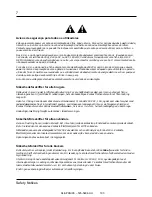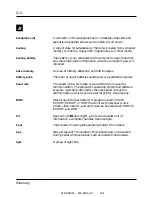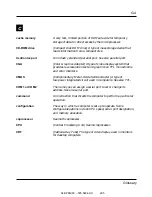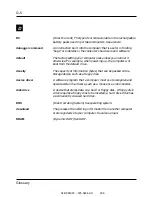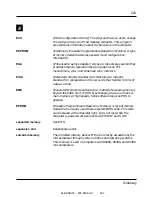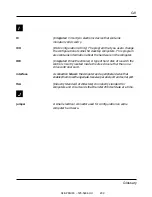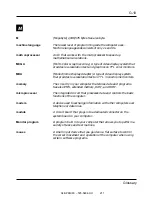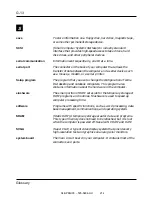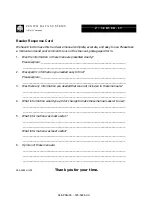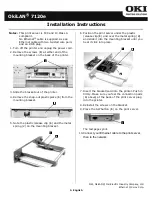
N
NVRAM
(Nonvolatile RAM) A type of RAM that retains its contents even
after the computer is powered off. This memory stores EISA
configuration information. See also RAM and SRAM.
O
operating system
A set of programs that provides the interface between other
software programs and the computer.
P
parallel communication
Information transmitted in parallel signals, eight or more bits at
a time.
parallel port
The connector on the back of your computer that allows the
transfer of data between the computer and a parallel device, such
as a parallel printer.
partition
The process of dividing the storage space on a hard disk into
separate areas so that the operating system treats them as
separate disk drives.
password
A security feature that prevents an unauthorized user from
operating your computer. See also EEPROM.
PCMCIA
(Personal Computer Memory Card International Association) An
industry standard for credit-card size expansion cards that plug
into a special socket. Some notebook computers contain a
PCMCIA socket.
peripheral
A device connected to and controlled by the computer, such as an
external disk drive or a printer.
pixel
The smallest element that is visible on a video display. The
resolution of a video display system is measured in pixels.
04/APRIL/93 – 595-5484-UU
212
G-11
Glossary

